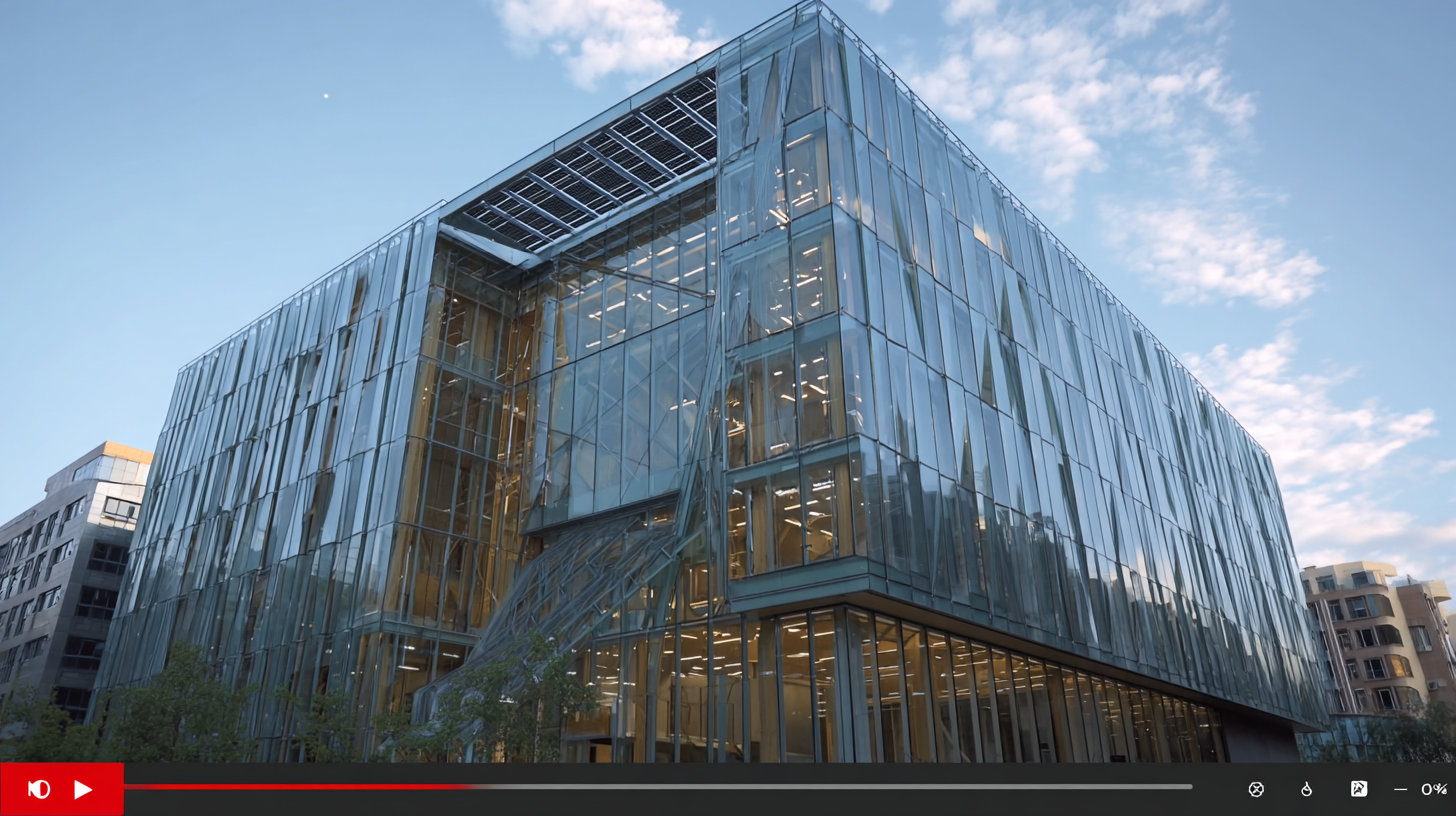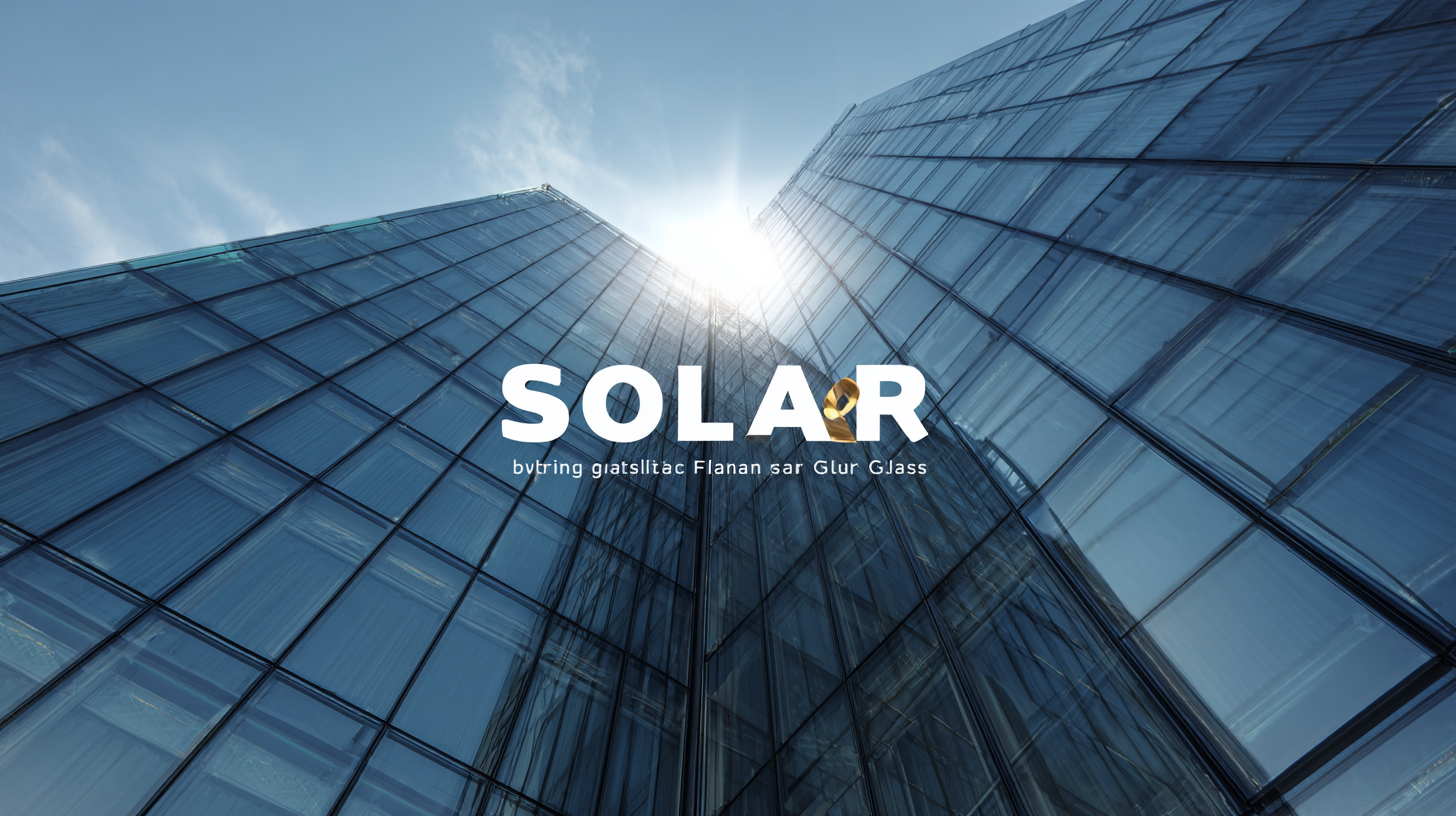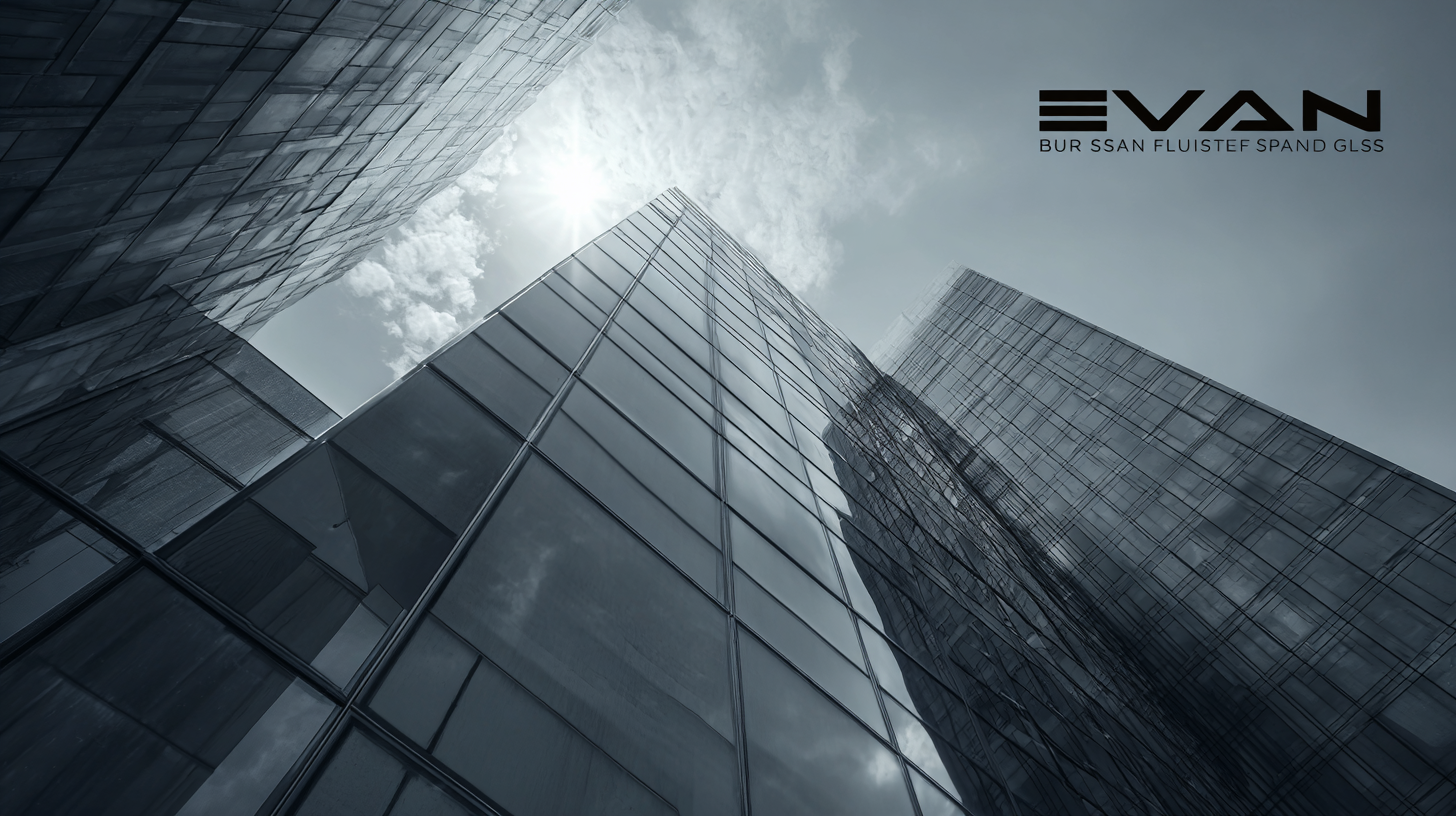
As the demand for sustainable building solutions continues to grow, the integration of
Bipv Solar Facade Glass has emerged as a pivotal element in modern architecture. According to a report by
the International Energy Agency (IEA), the global market for building-integrated photovoltaics (BIPV) is projected to reach
USD 7.6 billion by 2025, highlighting the increasing relevance of these innovative materials in
enhancing both aesthetic appeal and energy efficiency.
 Bipv Solar Facade Glass not only offers a seamless blend of functionality and design, but it also significantly reduces
energy costs and carbon footprints. Moreover,
with advancements in technology, the future of Bipv solutions promises even higher efficiencies and lower maintenance costs,
making it an attractive option for architects and builders striving for both visual harmony and sustainable performance
in their projects.
Bipv Solar Facade Glass not only offers a seamless blend of functionality and design, but it also significantly reduces
energy costs and carbon footprints. Moreover,
with advancements in technology, the future of Bipv solutions promises even higher efficiencies and lower maintenance costs,
making it an attractive option for architects and builders striving for both visual harmony and sustainable performance
in their projects.
 Building-integrated photovoltaic (BIPV) solar facade glass is an innovative material that combines energy generation with architectural aesthetics. To choose the right BIPV solution, it's crucial to understand key technical parameters such as efficiency, transparency, and durability. According to the National Renewable Energy Laboratory (NREL), the efficiency rate of BIPV systems can vary significantly, ranging from 10% to 20%, depending on the materials and design. Higher efficiency panels may enable greater energy output while maintaining architectural integrity.
Building-integrated photovoltaic (BIPV) solar facade glass is an innovative material that combines energy generation with architectural aesthetics. To choose the right BIPV solution, it's crucial to understand key technical parameters such as efficiency, transparency, and durability. According to the National Renewable Energy Laboratory (NREL), the efficiency rate of BIPV systems can vary significantly, ranging from 10% to 20%, depending on the materials and design. Higher efficiency panels may enable greater energy output while maintaining architectural integrity.
When selecting BIPV solar facade glass, consider how variations in transparency affect both building aesthetics and energy performance. A report from the International Energy Agency (IEA) highlights that facades with a transparency level of around 20-30% can optimize daylight intake while minimizing heat gain, leading to improved energy efficiency and occupant comfort.
Tip: Always consult with manufacturers to obtain detailed performance data for different BIPV products, ensuring they align with your aesthetic and energy requirements.
Another essential factor is durability, as BIPV facades must withstand environmental factors over time. Research indicates that robust glass coatings can increase lifespan by up to 25%, ensuring that the facade not only looks appealing but also maintains its energy-generating capabilities.
Tip: Look for BIPV solutions that come with warranties on both performance and product lifespan to safeguard your investment.
When selecting Building-Integrated Photovoltaic (BIPV) solar facade glass for a building, aesthetics play a crucial role alongside energy efficiency. The right combination of color, texture, and transparency can significantly enhance the visual appeal of a structure while maintaining its functionality. Architects and designers need to consider how the facade's appearance aligns with the overall architectural vision, as well as the surrounding environment.

Color options in BIPV glass can dramatically alter the perception of a building. From sleek black panels that showcase modernity to vibrant hues that reflect the local culture, the color choice can create a striking presence. Texture also contributes to the aesthetic; smooth, glossy surfaces may lend a high-tech feel, while textured finishes can add warmth and depth, softening the visual impact of the solar elements.
Transparency is another key factor; semi-transparent panels can allow for natural light to filter through while still generating solar energy. This is particularly effective in urban settings where light and views are limited. By thoughtfully integrating these elements, designers can create BIPV facades that not only generate renewable energy but also serve as an inspiring component of the building's design.
When selecting BIPV (Building-Integrated Photovoltaics) solar facade glass, understanding efficiency metrics is crucial to balance aesthetic appeal with energy performance. Energy conversion rates—a key metric—indicate how effectively the glass converts sunlight into usable electricity. Look for products with high conversion percentages, ideally exceeding 15-20%, to ensure optimal energy generation for your building.
Performance standards are equally important. They encompass various tests that evaluate durability, weather resistance, and energy output under different conditions. A reputable BIPV product should meet or exceed international standards to guarantee that it can withstand extreme weather while maintaining performance. Always request certifications from manufacturers, as these documents provide assurance of the glass's quality and efficiency.
Tip: When assessing different BIPV options, consider conducting a comparative analysis of their performance data, focusing on real-world energy output versus claimed statistics. Additionally, consult with experts who can provide insights into how your specific building's orientation and location might influence efficiency, allowing you to make a more informed choice.
When selecting Building-Integrated Photovoltaics (BIPV) solar facade glass, one of the critical aspects is its thermal performance, particularly its ability to minimize heat transfer. Advanced BIPV glass technologies have shown promising results in reducing solar heat gain while maximizing energy generation. According to a report by the International Energy Agency (IEA), BIPV systems can reduce cooling energy demand by up to 30%, offering significant potential for energy efficiency in buildings.
Recent innovations in BIPV glass coatings have enhanced thermal insulation while maintaining aesthetic qualities. For instance, high-performance Low-E (low emissivity) coatings can lower U-values, which measure the rate of heat transfer, to below 0.3 W/m²K. This efficiency not only contributes to a building’s energy performance but also meets stringent building codes, such as the 2018 International Energy Conservation Code (IECC). Using BIPV systems equipped with these advanced coatings allows architects and builders to create visually appealing structures that are also energy-efficient, providing both functional and aesthetic benefits.
When considering the integration of BIPV solar facade glass in your building project, regulatory compliance is a critical factor that cannot be overlooked. Many regions have specific building codes that dictate the use of materials, safety standards, and energy performance metrics. According to the U.S. Department of Energy, buildings that incorporate renewable energy resources like BIPV systems can significantly benefit from incentives, which not only support financial feasibility but also ensure adherence to local regulations. For instance, in 2021, over 80% of states in the U.S. offered some form of solar tax incentive, demonstrating a strong regulatory framework that promotes the adoption of solar technologies.
Furthermore, ensuring that your BIPV installation meets the necessary standards for energy efficiency is crucial. The International Energy Agency (IEA) reported that buildings account for nearly 40% of global energy consumption, highlighting the importance of incorporating energy-efficient solutions. By following regulatory guidelines and leveraging available incentives, building owners can achieve both aesthetic appeal and operational efficiency. This dual approach not only maximizes the performance of BIPV systems but also positions your building as a leader in sustainable architecture, ultimately enhancing its market value and compliance with future energy legislation.
| Dimension | Description | Importance |
|---|---|---|
| Aesthetic Appearance | Visual integration with building design, color, and texture options | Enhances the building's attractiveness and market value |
| Energy Efficiency | Performance in converting sunlight into usable energy | Reduces energy costs and builds sustainability |
| Building Code Compliance | Adherence to local regulations regarding materials and installations | Avoids legal issues and ensures safety standards |
| Solar Energy Incentives | Availability of tax credits, rebates, or grants for solar installations | Provides financial benefits, enhancing return on investment |
| Installation and Maintenance | Ease of installation and long-term maintenance requirements | Lowered total cost of ownership |
| Materials Used | Type of glass and technology (e.g., thin-film, crystalline) | Affects durability, performance, and aesthetics |